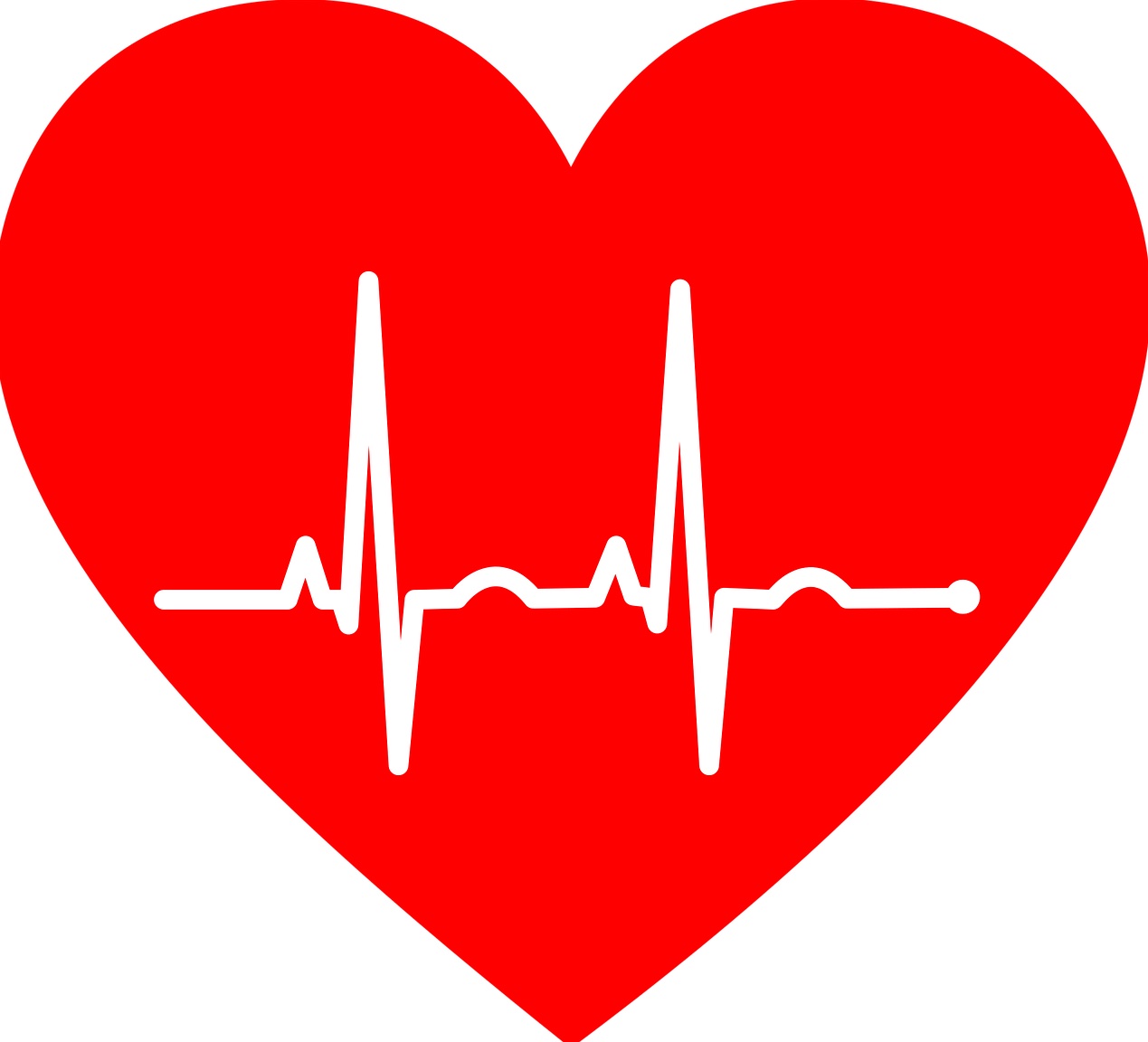For a lot of us, "doing cardio" means going for a brisk walk or a bike ride or some sort of physical activity... outdoors. With friends.
However, the recent record-breaking temperatures have forced a lot of us into hibernation! It's just too hot to do anything outside! And there's no end in sight.
So the million-dollar question is: how are you going to keep your heart happy (literally and figuratively) for the next couple of months?
The American College of Sports Medicine recently published a comprehensive article on the effects of strength training on cardiovascular health in healthy individuals. They examined 2 key physiological factors associated with cardiovascular health: resting blood pressure and lipid profiles.
RESTING BLOOD PRESSURE
Most of us associate doing "cardio" with promoting heart health and lowering blood pressure. But what about lifting weights? Does it do the same thing?
A recent study demonstrated the following:
- Subjects who lifted weights 2 times a week reduced their resting systolic and diastolic blood pressure by 3.2 and 1.4 mm Hg, respectively.
- Subjects who lifted weights 3 times a week reduced their resting systolic and diastolic blood pressure by 4.6 and 2.2 mm Hg, respectively.
So, yeah. It counts!
BLOOD LIPID PROFILES
Experts agree that strength training has a positive impact on blood lipids, but they don't necessarily agree on which type of strength training is more effective (i.e. circuit training vs. heavy weights/fewer reps).
- According to Wayne L. Westcott, Ph.D., and the American College of Sports Medicine, there is evidence to suggest that resistance training may increase HDL cholesterol by 8% to 21%, decrease LDL cholesterol by 13% to 23%, and reduce triglycerides by 11% to 18%.
- Other studies have produced mixed results. According to BMC, “we cannot rule out the possibility that other factors may contribute (or potentialize) to these findings, such as changes in hormonal concentration in plasma, muscle LPL activity, sympathoadrenal activity, and CETP activity. In summary, the present study revealed that low/moderate intensity acute resistance exercise (≤ 75% 1 RM) is capable to promote more beneficial changes on lipid profile than high-intensity acute resistance exercise."
- But according to the AHA Journal, “no differences were found for changes in resting blood pressure between studies that used a conventional compared with a circuit protocol. A conventional protocol generally consists of lifting heavier weights with longer rest periods, while a circuit protocol consists of lifting lighter weights with shorter rest periods between exercises.”(That should make all of you weightlifters and powerlifters very happy!)
KEY TAKEAWAY
Strength training does have a positive impact on heart health. So while you're hibernating, you might want to add an extra strength training session - or two!
Instead of a walk with a friend, try squats with a friend!
You should always talk to your doctor before starting any exercise program. If your blood pressure is uncontrolled and higher than 180/110 - don’t do anything exercise-related without first talking to your doctor.*


